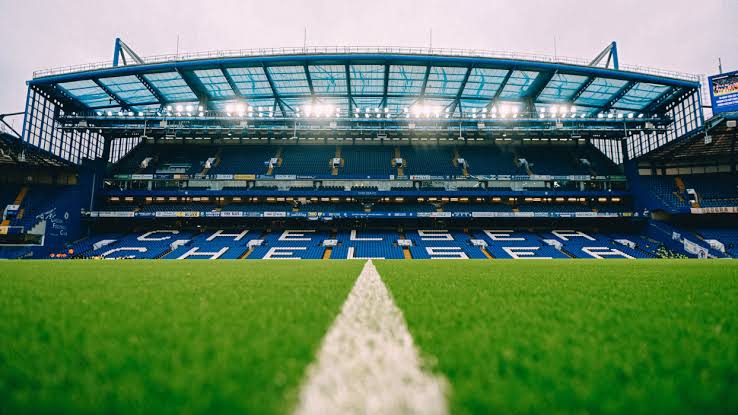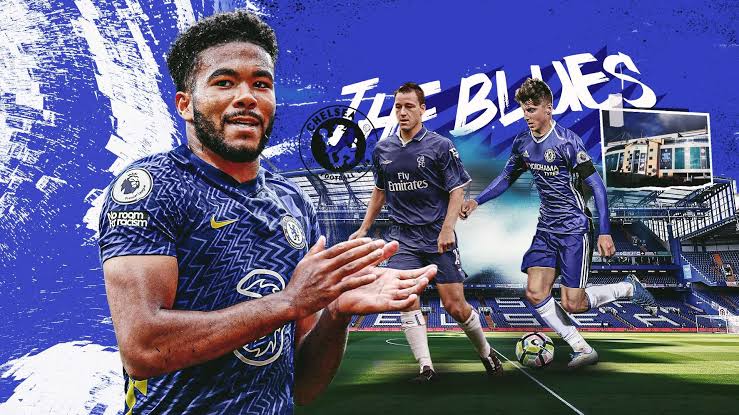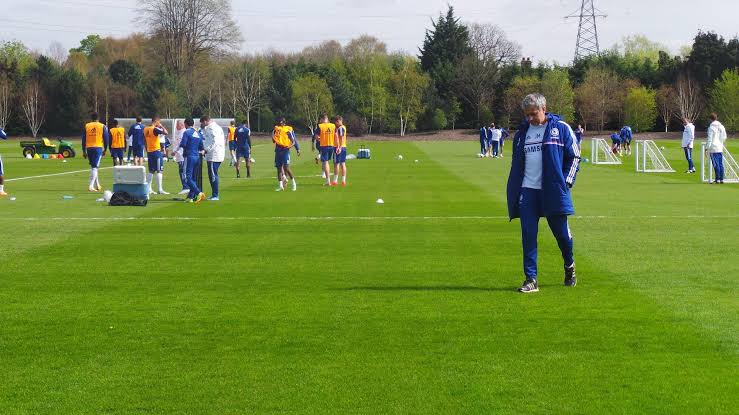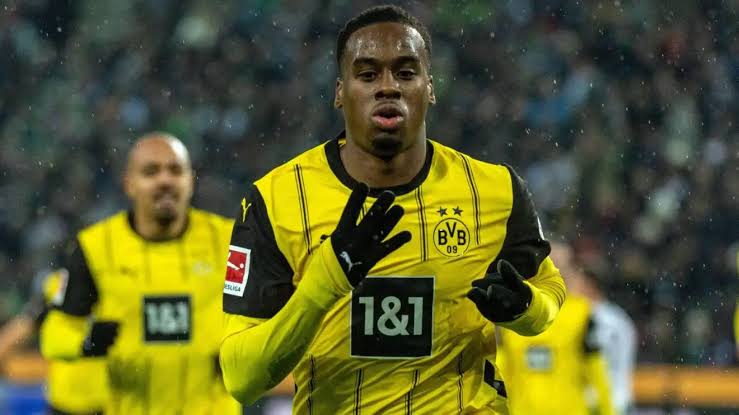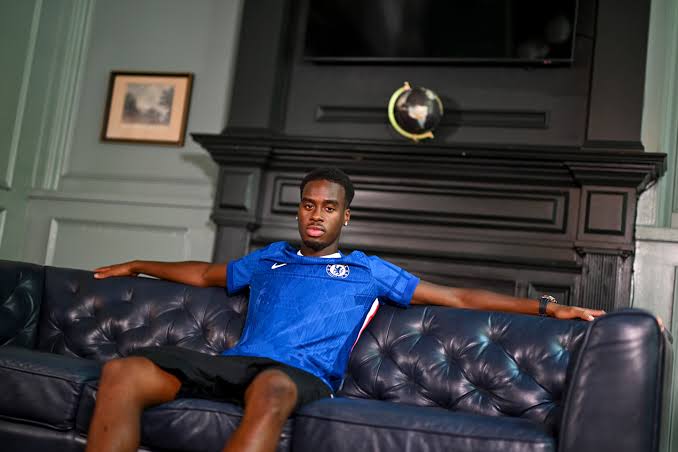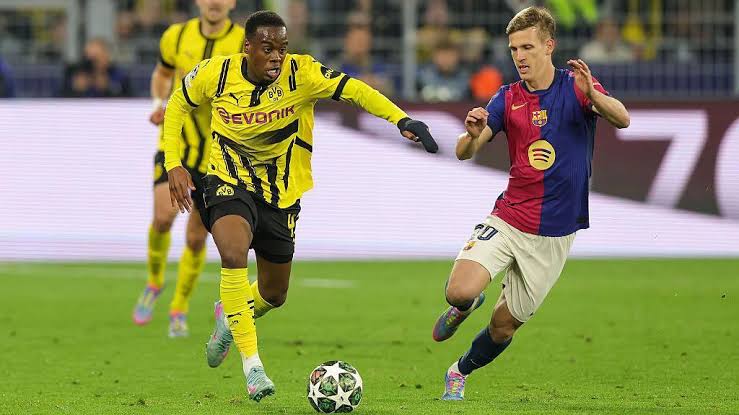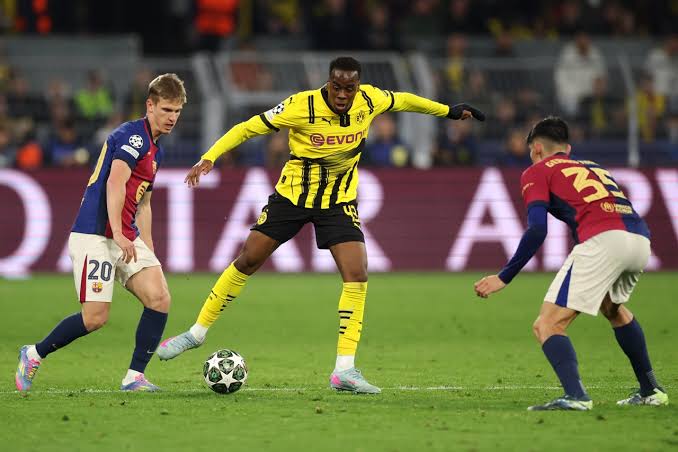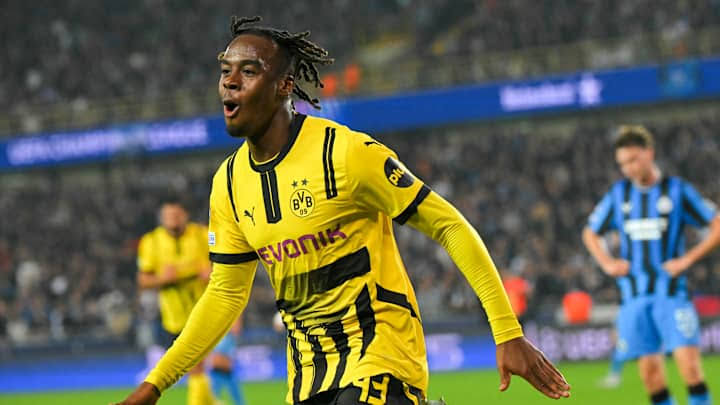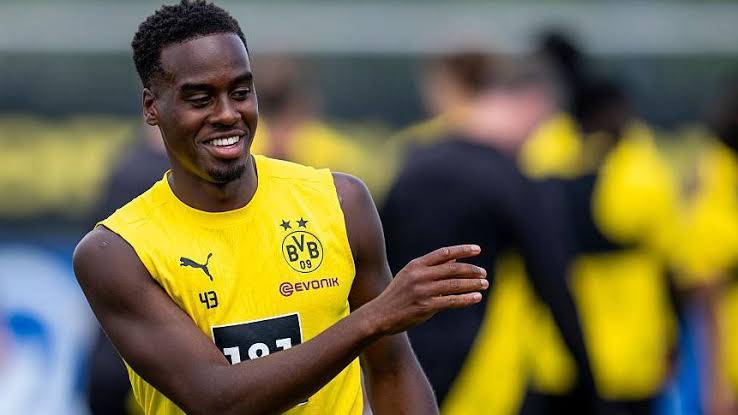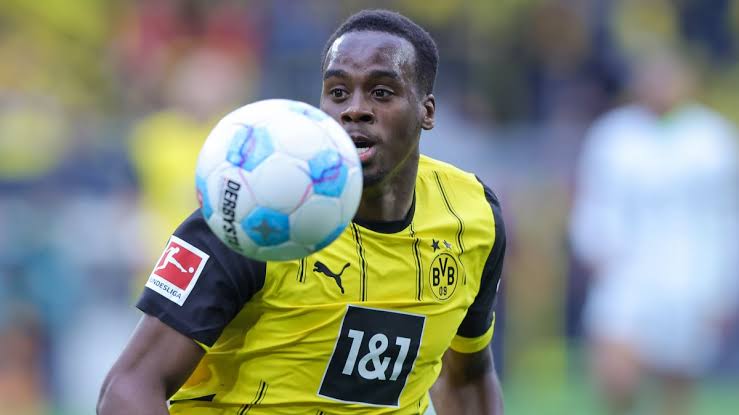You’re 25 years old, you’ve been at the same club since you were nine, and just when everyone thinks you’re surplus to requirements, you come back stronger than ever. That’s Trevoh Chalobah for you – the Chelsea defender who embodies resilience in an era where loyalty in football feels as rare as a clean sheet against Manchester City.
If you’ve been following Chalobah Chelsea stories lately, you know this isn’t your typical “academy graduate makes good” tale. It’s messier, more complex, and frankly, more human than most football narratives we’re served. And that’s exactly what makes Trevoh’s story so compelling in 2025.
The Academy Graduate Who Refused to Be Written Off
Who is Trevoh Chalobah? Well, he’s many things – a Chelsea defender who’s seen more loan spells than a library book, a player who scored on his Champions League debut, and currently, a man fighting to prove he belongs at the club that shaped him.
Born in Freetown, Sierra Leone, on July 5, 1999, Trevoh Thomas Chalobah joined Chelsea’s academy when most kids his age were still figuring out how to tie their boots properly. At 26 years old and standing 6’3” tall, he’s the kind of Premier League defender who looks like he was assembled in a laboratory designed specifically for English football.
But here’s where it gets interesting – and I mean really interesting.
The Crystal Palace Detour That Changed Everything
How did Trevoh Chalobah perform during his loan at Crystal Palace? Let me paint you a picture. In August 2024, Chalobah packed his bags (again) and headed to Selhurst Park. Many Chelsea fans probably thought, “Here we go again, another loan that’ll lead nowhere.”
They couldn’t have been more wrong.
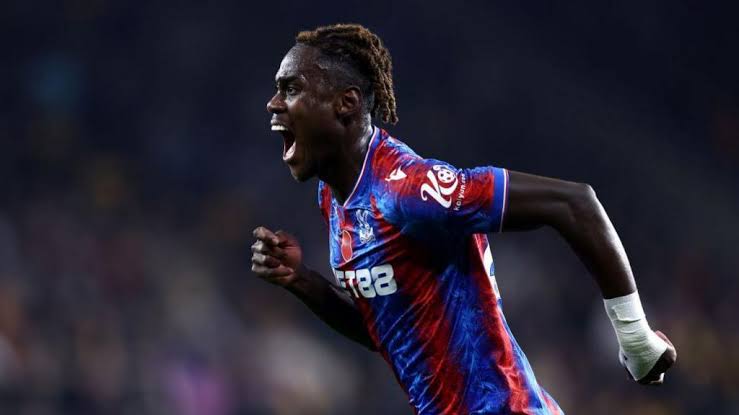
Under Oliver Glasner’s guidance, something clicked. In 14 appearances for the Eagles, Chalobah didn’t just defend – he scored three goals and reminded everyone why Chelsea had been reluctant to let him go permanently. The Trevoh Chalobah Crystal Palace loan became less about getting game time and more about rediscovering his identity as a footballer.
"Sometimes you need to step away to remember why you fell in love with something in the first place,” Chalobah reflected during his time at Palace. It’s a sentiment that resonates beyond football, doesn’t it?
The Return of the Prodigal Son
Is Trevoh Chalobah still a Chelsea player in 2025? Yes, and here’s the plot twist nobody saw coming. In a move that caught most of the football world off guard, Chelsea recalled Chalobah from his Crystal Palace loan with immediate effect.
What impact did Trevoh Chalobah have upon returning to Chelsea? The defender returned to Stamford Bridge wearing the No. 23 shirt and joining Enzo Maresca’s first-team squad. It wasn’t just a recall; it was a statement.
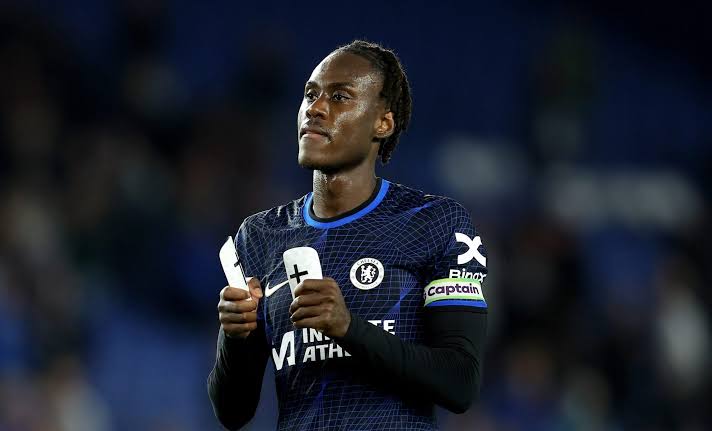
But let’s be real here – Trevoh Chalobah transfer rumors aren’t going anywhere. Recent reports suggest Chelsea have slapped a £40 million price tag on the defender, which tells you everything about how the club now values him. That’s not “we want rid” money; that’s “convince us” money.
What Position Does Trevoh Chalobah Play?
Chalobah operates primarily as a centre-back, though his versatility has seen him deployed as a defensive midfielder when needed. His right-footed approach to the game, combined with his aerial ability and reading of the game, makes him what modern football calls a “complete defender.”
What are Trevoh Chalobah’s strengths as a defender? Where do I even start?
- Aerial Dominance: At 6’3”, he’s a nightmare for opposing strikers during set pieces.
- Ball-Playing Ability: Unlike the center-backs of old, Chalobah can spray passes like a midfielder.
- Versatility: Can slot into midfield when tactical situations demand it.
- Pace: Quick enough to recover from difficult situations.
- Mental Strength: The loan spells have only made him stronger mentally.
Trevoh Chalobah Trophy Cabinet and Stats That Matter
Has Trevoh Chalobah won any major trophies with Chelsea? The answer might surprise casual observers. Despite the loan spells and uncertainty, Chalobah has been part of Chelsea’s success story, contributing to their Champions League triumph and other domestic successes.
How many games has Trevoh Chalobah played for Chelsea? According to the latest figures, he’s made 80 appearances for the Blues – a number that tells the story of a player who’s been around long enough to understand what the club means, but still hungry enough to fight for more opportunities.
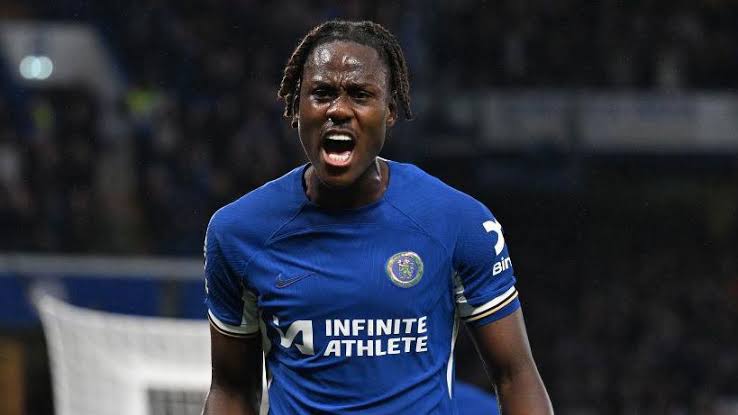
Chalobah stats from the 2024/2025 season paint the picture of a player hitting his prime:
- Goals scored: 3 (during Palace loan)
- Pass accuracy: Consistently above 85%
- Aerial duels won: Among the top percentiles for his position
- Trevoh Chalobah defensive record: Clean sheets percentage that would make any coach smile
Trevoh Chalobah International Dream and Family Legacy
What is Trevoh Chalobah’s international career status? This is where the story gets even more intriguing. Despite his consistent performances and versatility, Chalobah hasn’t yet established himself as a regular for the **England national team. But 2025 feels different – like a year where everything might just align.
The Trevoh Chalobah England call-up 2025 rumors have been persistent, and with England’s defense needing fresh blood and proven quality, don’t be surprised if Thomas Tuchel or his successor comes calling.
The Brother Bond: Nathaniel and Trevoh
What is Trevoh Chalobah’s relationship with his brother, Nathaniel Chalobah? It’s one of football’s most heartwarming family stories. Both brothers came through Chelsea’s academy, both have represented England at various levels, and both understand the unique pressures that come with being a footballer.
Nathaniel, three years older, paved the way and showed Trevoh that there’s life beyond Stamford Bridge if needed. But Trevoh’s journey has been different – more patient, more persistent, and arguably more successful in terms of staying connected to his boyhood club.
Trevoh Chalobah 2025 Contract Situation: What’s Next?
What is Trevoh Chalobah’s current contract situation? Here’s where it gets really interesting for Chelsea squad 2025 planning. Trevoh Chalobah contract length Chelsea runs until 2026, giving both player and club some breathing room to figure out the long-term plan.
But here’s the million-pound question (or should I say £40 million question): Does Chalobah want to stay, and does Chelsea want to keep him?
Recent reports about Trevoh Chalobah Napoli interest and other European clubs circling suggest that the market for his services is healthy. But sometimes, the grass isn’t always greener on the other side, especially when you’ve been watering the same patch for 17 years.
Read More Articles....
Chelsea Academy: The Blueprint for Football Excellence – Where Dreams Take Flight at Cobham
Cole Palmer’s Age: How the 23-Year-Old Is Transforming Chelsea’s Future
Jamie Gittens Position: Decoding Chelsea’s Most Versatile Attacking Weapon
Comparing the Incomparable: Trevor Chalobah vs. Chelsea Legends
How does Trevoh Chalobah compare to other Chelsea defenders? It’s a question that deserves nuance. Trevoh Chalobah compared to Thiago Silva might seem unfair – Silva is a generational talent with a career that reads like a football fairy tale.
But here’s what I find fascinating: Chalobah brings something different to the table. Where Silva brought experience and leadership, Chalobah offers youth, pace, and an understanding of Chelsea’s DNA that can’t be taught or bought.
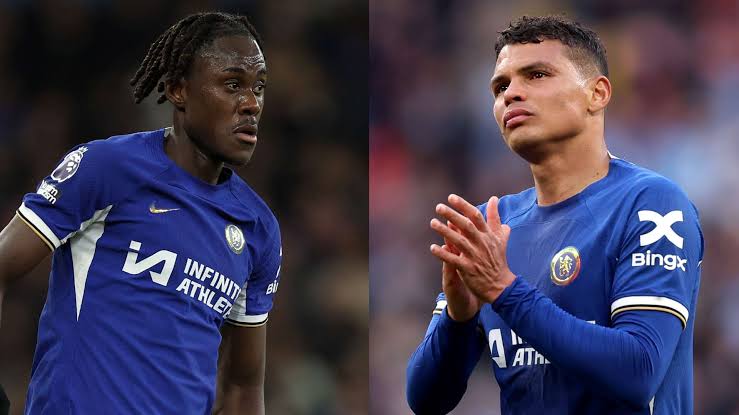
When you look at the current Chelsea squad 2025, Chalobah represents continuity in an era of constant change. He’s the thread that connects the academy dreams with first-team realities.
The Loan System: Blessing or Curse?
Let’s address the elephant in the room – Chelsea’s infamous loan system. For which clubs has Trevoh Chalobah played? The list includes:
- Ipswich Town (2018-2019)
- Huddersfield Town (2019-2020)
- Lorient (2020-2021)
- Crystal Palace (2024-2025)
Each loan taught him something different. Ipswich showed him the physicality of English football. Huddersfield tested his mental strength during a relegation battle. Lorient gave him European experience and a different tactical approach. Palace reminded him why he fell in love with football in the first place.
But here’s my hot take: The loan system, for all its criticism, might have been exactly what Chalobah needed. It gave him perspective, resilience, and most importantly, the hunger to prove he belongs at the highest level.
Playing Style Analysis: The Modern Defender
Trevoh Chalobah playing style analysis reveals a player perfectly suited for modern football. He’s not just a defender; he’s a ball-playing center-back who can transition defense into attack with a single pass.
Watch him closely during games, and you’ll notice:
- His positioning is impeccable – always seems to be in the right place.
- Distribution is varied – can go short to keep possession or long to switch play.
- Aerial ability makes him a constant threat during set pieces.
- Pace allows him to cover for more adventurous full-backs.
This isn’t accident. This is 17 years of coaching, learning, and adapting coming together in a player who’s finally ready to showcase his full potential.
Trevoh Chalobah Injury Concerns and Recovery
Trevoh Chalobah injury updates have been relatively positive throughout his career. Unlike some modern defenders who seem to spend half their time in the treatment room, Chalobah has maintained good availability.
His physical conditioning and approach to fitness suggest a player who’s learned from the demands of multiple loan spells and is now reaping the benefits of that experience.
Transfer Speculation: Reading Between the Lines
Trevoh Chalobah transfer news in 2025 has been a rollercoaster. One minute he’s being recalled from Palace, the next minute reports suggest Chelsea are willing to sell for the right price.
But here’s what I think is really happening: Chelsea are finally recognizing Chalobah’s value, both as a player and as a squad member. The recall from Palace wasn’t desperation; it was recognition.
Trevoh Chalobah Napoli interest and links to other European clubs only strengthen his position. When clubs like Napoli come calling, you know you’re doing something right.

Career Achievements: More Than Just Surviving
Trevoh Chalobah career achievements might not fill a trophy cabinet like some players, but they tell the story of persistence, growth, and gradual recognition.
His Champions League goal wasn’t just a moment of individual brilliance; it was validation of everything he’d worked for. Scoring in Europe’s premier competition while wearing the shirt of your boyhood club? That’s the stuff dreams are made of.
Trevoh Chalobah Youth Career Foundation
Trevoh Chalobah youth career Chelsea laid the groundwork for everything that followed. Joining at Under-9 level, progressing through every age group, learning the Chelsea way – it’s a journey that few players complete successfully.
The academy gave him technical skills, but the loan spells gave him character. That combination is rare in modern football.
Goals, Assists, and Hidden Numbers
Trevoh Chalobah goals and assists tell only part of his story. Yes, he’s scored crucial goals – including that Palace hat-trick that reminded everyone of his quality. But his real value lies in the numbers you don’t see:
- Tackles won per game.
- Interceptions made.
- Passes completed under pressure.
- Leadership moments during difficult periods.
These are the metrics that coaches love and that separate good defenders from great ones.
The 2025 Outlook: What Lies Ahead?
Trevoh Chalobah England call-up 2025 possibilities look stronger than ever. His recall to Chelsea, combined with his impressive performances at Palace, put him firmly in the conversation for international recognition.
But beyond England, what does 2025 hold for Chalobah? I believe we’re about to see his best years unfold. At 26, he’s entering his prime, he’s got the experience of multiple environments, and he’s finally getting the recognition his talent deserves.
Family, Football, and Finding Balance
Trevoh Chalobah family and brother connections remind us that football is about more than individual success. The support system that got him through the difficult loan spells and uncertain periods at Chelsea speaks to character that goes beyond what happens on the pitch.
Football careers are short, unpredictable, and often unfair. But they’re also about moments of magic, unexpected opportunities, and sometimes, just sometimes, fairy tale endings for those who refuse to give up.
Trevoh Chalobah Tactical Evolution
Under Enzo Maresca’s system at Chelsea, Chalobah’s versatility becomes even more valuable. The modern game demands defenders who can play multiple positions, read the game quickly, and contribute to both phases of play.
Trevoh Chalobah playing style analysis in 2025 shows a player who’s adapted to contemporary tactical demands while maintaining the defensive fundamentals that made him a prospect in the first place.
Trevoh Chalobah Market Value and Transfer Dynamics
Trevoh Chalobah transfer rumors continue to swirl, but the £40 million price tag tells you everything about how the market values versatile, Premier League-proven defenders.
In today’s inflated transfer market, that’s not expensive for a player of his age, experience, and potential. It’s actually quite reasonable for a homegrown talent who knows the league inside out.
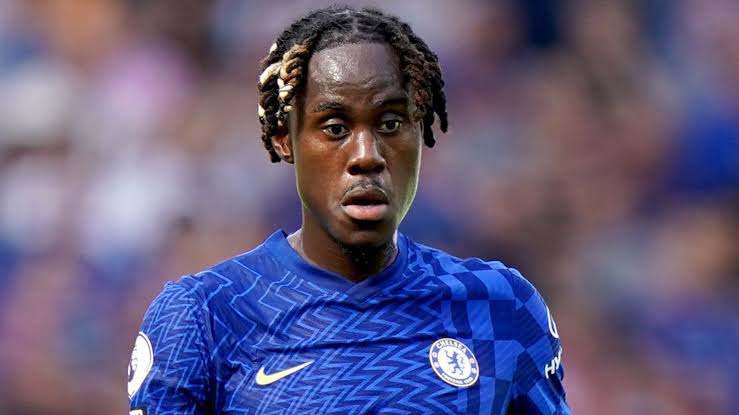
The Bigger Picture: What Trevor Chalobah Represents
Beyond the statistics, the goals, and the transfer speculation, Trevoh Chalobah represents something increasingly rare in modern football: patience, persistence, and the belief that good things come to those who wait.
In an era of instant gratification and quick fixes, his journey reminds us that sometimes the longest roads lead to the most rewarding destinations.
Fan Perspective: What Blues Supporters Think
Chelsea fans have always had a soft spot for academy graduates who make it through. With Chalobah, it’s more complex. Some see him as a symbol of what’s possible when you give young players time. Others worry about whether he’s good enough for Chelsea’s ambitions.
But increasingly, the mood is shifting toward appreciation. His recall from Palace, his improved performances, and his obvious love for the club have won over many skeptics.
Trevoh Chalobah International Ambitions and National Team Dreams
The England national team conversation around Chalobah intensifies with each good performance. Thomas Tuchel has always valued versatility and reliability – two qualities that define Chalobah’s game.
With England’s defense needing fresh options and proven quality, Trevoh Chalobah England call-up 2025 possibilities look better than ever.
Conclusion: The Blue Who Wouldn’t Give Up
As I wrap up this deep analysis into Trevoh Chalobah’s remarkable journey, I can’t help but think about what his story represents. In a football world obsessed with the next big thing, the latest wonderkid, and the most expensive signings, here’s a player who’s taken the long road and emerged stronger for it.
Trevoh Chalobah isn’t just a Chelsea defender – he’s a testament to the power of persistence, the value of experience, and the rewards that come to those who refuse to give up on their dreams.
Whether he stays at Stamford Bridge long-term or eventually moves on to write new chapters elsewhere, one thing is certain: Trevoh Chalobah has already won the most important battle of all – the battle to be taken seriously.

The Premier League defender who started as a nine-year-old with a dream has become a man who’s proved that sometimes, the most unlikely journeys lead to the most beautiful destinations.
What do you think about Trevoh Chalobah’s journey? Do you believe he deserves a regular spot in Chelsea’s starting XI, or is his future elsewhere? Share your thoughts in the comments below and let’s keep this conversation going!
And if you’re as fascinated by football stories that go beyond the headlines as I am, make sure to subscribe for more in-depth analysis of the players and narratives that really matter in the beautiful game.
Stay tuned for more player profiles, tactical analysis, and the stories behind the stories that make football the world’s most enjoyable sport.
